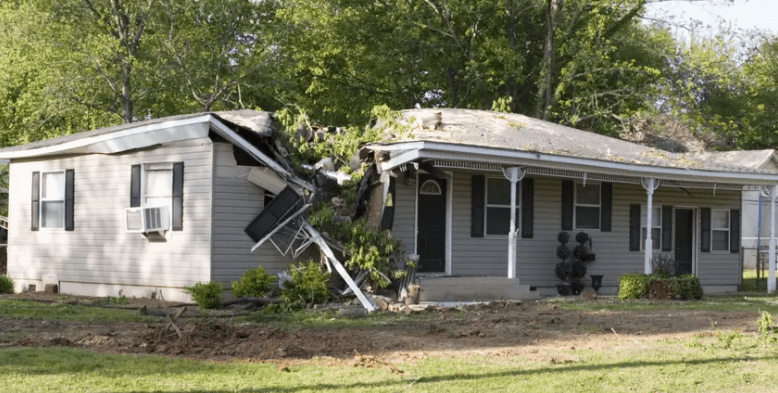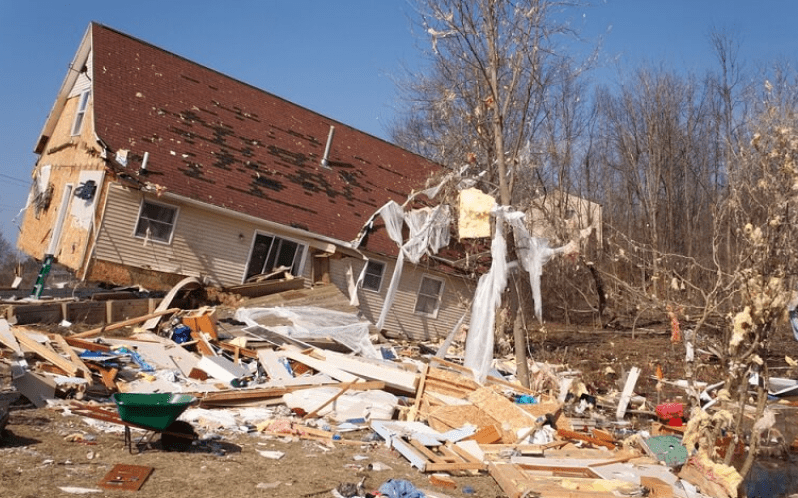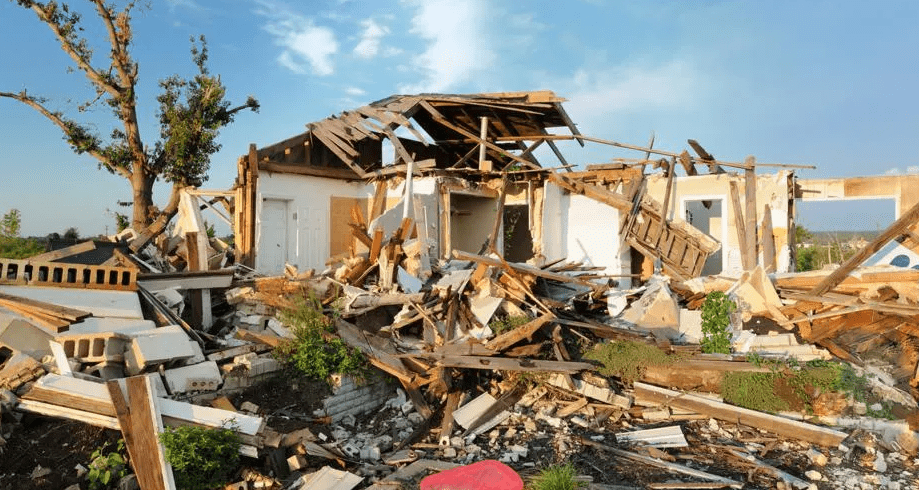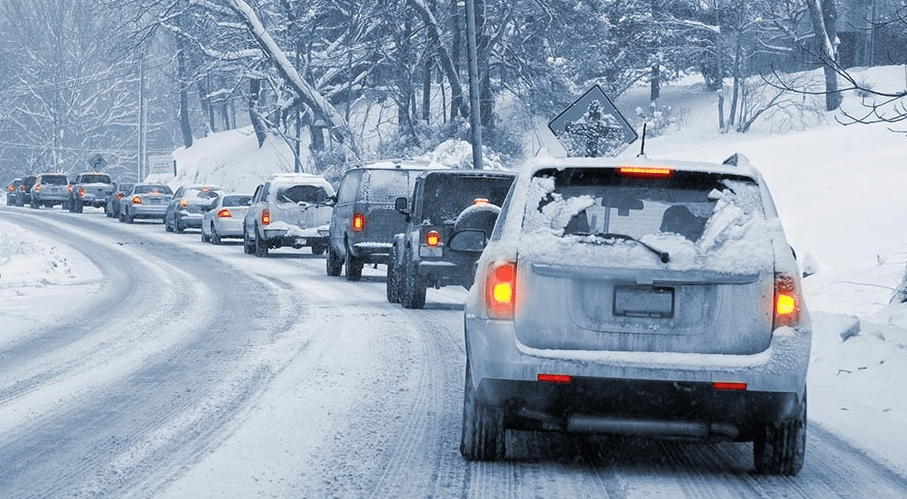Home insurance is a crucial component of financial security for homeowners. It provides protection against various risks and helps ensure that your home and belongings are safeguarded from unexpected disasters. However, understanding exactly which disasters are covered by home insurance can be complex, as policies often vary widely. This article will explore the types of disasters typically covered by home insurance, the nuances of policy coverage, and tips for ensuring adequate protection.
Types of Disasters Typically Covered
- Fire and Smoke Damage
Fire damage is one of the most common and significant types of coverage included in home insurance policies. If a fire damages your home or belongings, your insurance should cover repair or replacement costs. Smoke damage is also generally covered, as smoke can cause significant damage even if the fire itself is contained. Policies often cover fires caused by various sources, including electrical faults, cooking accidents, and even wildfires, though there might be limitations depending on the policy and location. - Storms and Wind Damage
Home insurance usually covers damage caused by storms, including high winds, hail, and rain. This includes damage to the roof, windows, and siding. Tornadoes and hurricanes, which bring severe wind and rain, are also typically covered. However, the extent of coverage can vary, especially in areas prone to extreme weather. For instance, some policies may exclude certain types of storm damage or require additional endorsements for hurricanes or tornadoes. - Theft and Vandalism
Theft and vandalism are common risks covered by home insurance. If burglars break into your home and steal belongings or if vandals damage your property, your insurance policy should cover the cost of repairing the damage and replacing stolen items. Coverage often includes damage to locks and doors, as well as the loss of personal property. - Water Damage
Water damage can be tricky in home insurance policies. Most policies cover sudden and accidental water damage, such as from a burst pipe or an overflowing washing machine. However, coverage for water damage from flooding is usually not included in standard home insurance policies. For flood protection, you typically need a separate flood insurance policy. It’s essential to understand the specifics of your policy, as some types of water damage, like sewer backups, may also require additional coverage. - Liability Coverage
Home insurance often includes liability coverage, which protects you if someone is injured on your property and you are found legally responsible. This can be crucial if someone sues you for medical expenses or damages. Liability coverage can also extend to incidents that occur away from your home, such as if your pet causes injury to someone. - Loss of Use
If your home becomes uninhabitable due to a covered disaster, home insurance policies often include coverage for additional living expenses. This means your insurance can help pay for temporary housing, meals, and other necessary expenses while your home is being repaired. This coverage ensures that you are not financially burdened by the loss of your home’s use.

Common Exclusions and Limitations
While home insurance offers broad protection, there are notable exclusions and limitations to be aware of:
- Flooding
As mentioned earlier, standard home insurance policies typically do not cover flood damage. Flood insurance must be purchased separately through the National Flood Insurance Program (NFIP) or private insurers. Flood coverage is crucial if you live in an area prone to heavy rainfall or near bodies of water. - Earthquakes
Earthquake damage is generally not included in standard home insurance policies. In earthquake-prone regions, you may need to purchase a separate earthquake insurance policy to protect your home from seismic events. - Wear and Tear
Home insurance does not cover damage due to wear and tear or lack of maintenance. Insurance is designed to protect against sudden and accidental damage, not gradual deterioration. Regular maintenance and prompt repairs are essential to prevent issues that could lead to costly damage. - Negligence
Damage resulting from neglect or failure to maintain your property is not covered. For example, if a leaking roof causes significant damage over time due to poor maintenance, the insurance may not cover the costs. - High-Value Items
High-value items like expensive jewelry, art, and collectibles may not be fully covered under a standard home insurance policy. These items often require additional coverage or a rider to ensure they are adequately protected.
Understanding Policy Terms and Conditions
To ensure you have the appropriate coverage, it’s vital to understand the terms and conditions of your home insurance policy. Here are some key factors to consider:
- Policy Limits
Every policy has limits on coverage amounts. Make sure these limits are sufficient to cover the potential costs of repairs or replacements. It’s a good idea to periodically review and adjust your coverage limits based on changes in property value and personal belongings. - Deductibles
The deductible is the amount you must pay out of pocket before your insurance coverage kicks in. Policies often have different deductibles for different types of claims, such as a higher deductible for wind or hail damage compared to fire damage. Choose a deductible that balances affordability with coverage. - Endorsements and Riders
Endorsements or riders are optional add-ons that modify your policy’s coverage. These can be used to cover specific risks not included in your standard policy, such as earthquake damage or high-value items. Review available endorsements to tailor your coverage to your needs. - Claims Process
Familiarize yourself with the claims process outlined in your policy. Understanding how to file a claim, what documentation is required, and the timeline for processing can help ensure a smoother experience if you need to use your coverage.

Tips for Adequate Protection
- Review and Update Your Policy Regularly
Periodically review your home insurance policy to ensure it meets your current needs. Update coverage as necessary, especially after major life events or home improvements. - Consider Additional Coverage
If you live in an area prone to specific risks, such as earthquakes or floods, consider purchasing additional coverage. Speak with your insurance provider to explore options that provide comprehensive protection. - Maintain Your Property
Regular maintenance can prevent damage and reduce the risk of claims being denied due to neglect. Keep your home in good condition and address maintenance issues promptly. - Document Your Belongings
Keep an inventory of your personal belongings, including high-value items. This documentation can be invaluable in the event of a claim, helping to prove the value of lost or damaged items. - Understand Your Coverage
Take the time to understand what your policy covers and what it excludes. This knowledge will help you make informed decisions about additional coverage and prevent surprises in the event of a claim.
Conclusion
Home insurance is designed to protect you from a variety of disasters and risks, but coverage can vary significantly depending on the policy and provider. By understanding the types of disasters typically covered, being aware of common exclusions and limitations, and regularly reviewing your policy, you can ensure that you have the protection you need. Take the time to assess your coverage needs, consider additional policies if necessary, and maintain your property to safeguard your home and belongings effectively.









